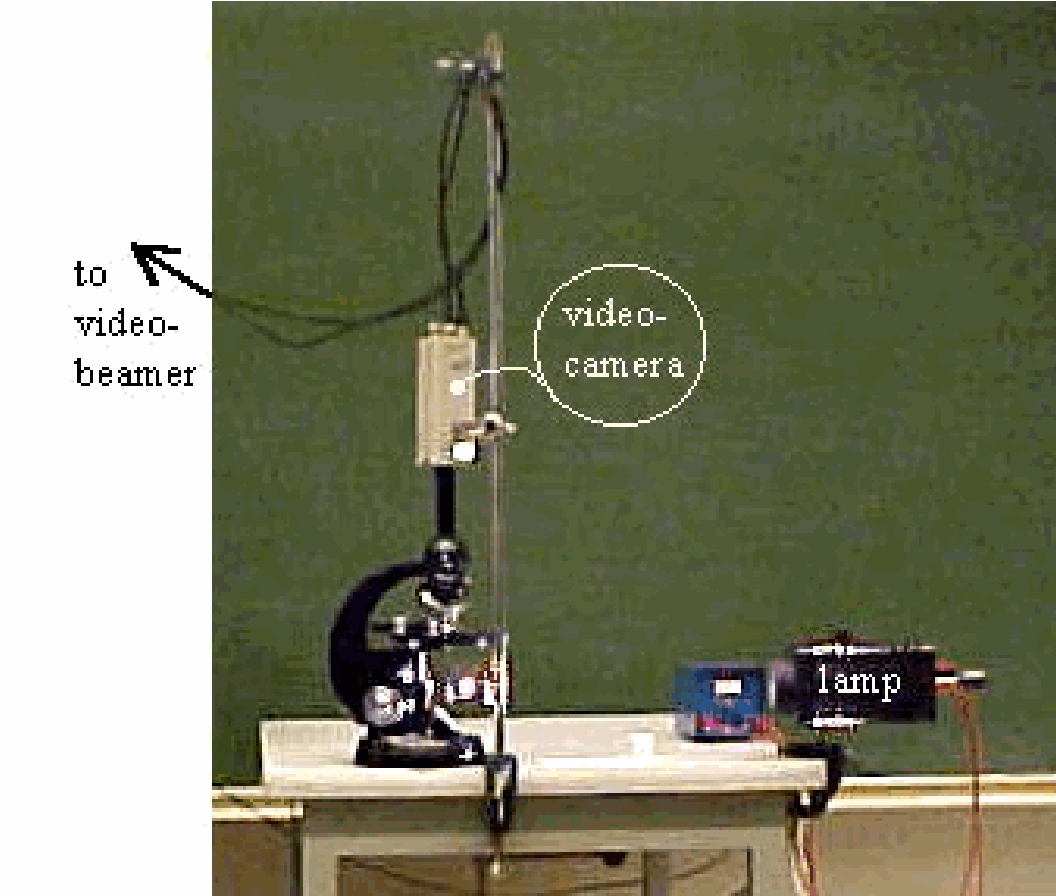01 Falling down or falling up#
Aim#
To show that falling down can be explained: it’s entropy!
Subjects#
4F10 (Entropy)
Diagram#

Fig. 421 .#
Equipment#
Piece of chalk
Presentation#
Hold a piece of chalk and ask the students what will happen when you let it go. To them it goes without saying that it will fall downwards. But in physics nothing is taken for granted.
Physics gives us the equation of motion \(m \frac{d^{2} y}{d t^{2}}=-m g\), and this produces two
solutions: One positive and the other negative. How to choose between these two? Why should one solution be more true to reality than the other? Usually mathematics gives us the right solution, so why should one solution be more worthwhile than the other?
Explanation#
The instrument to choose with, is: Entropy !
During the movement of the chalk, either up or down, there is conservation of energy (first law of thermodynamics): \(d U=d Q-d W\)
Considering the falling chalk also as an isolated system means: \(d U=0\), and so: \(d Q=d W\). Then we can also write: \(\frac{d Q}{T}=\frac{d W}{T}\), and since \(d W=F . d y\) and \(\frac{d Q}{T}=d S\) (being the expression of the change in entropy of the system considered), we have: \(d S=\frac{1}{T} F d y\), giving: \(d S=\frac{1}{T}(-m g) d y\) and: \(\Delta S=-\frac{m g}{T} h\).
When \(h\) is positive, then the change in entropy, \(\Delta S\), is negative, showing the impossibility of this process; the entropy of an isolated system never decreases (second law of thermodynamics).
The piece of chalk cannot fall upwards due to the second law of thermodynamics!
Remarks#
Together with this demonstration we show the demo Fakir in order to show to the students that something not expected (falling upwards) can be reality (the upside-down pendulum).
Sources#
Giancoli, D.G., Physics for scientists and engineers with modern physics, pag. 494 and 532-533
